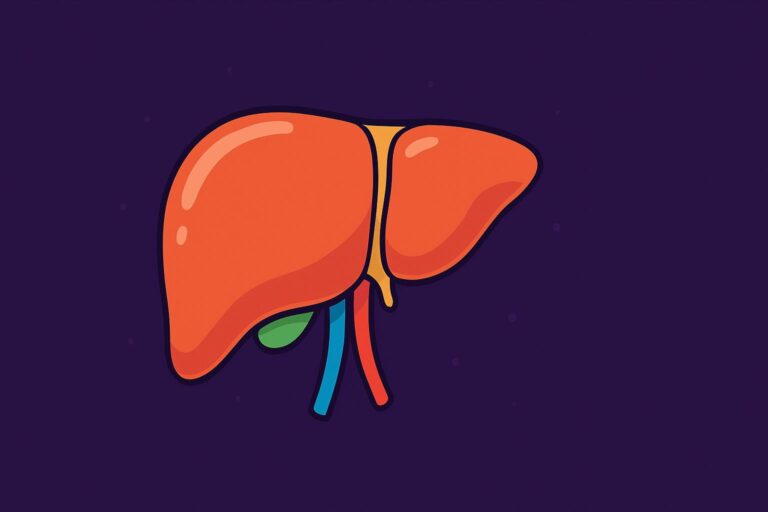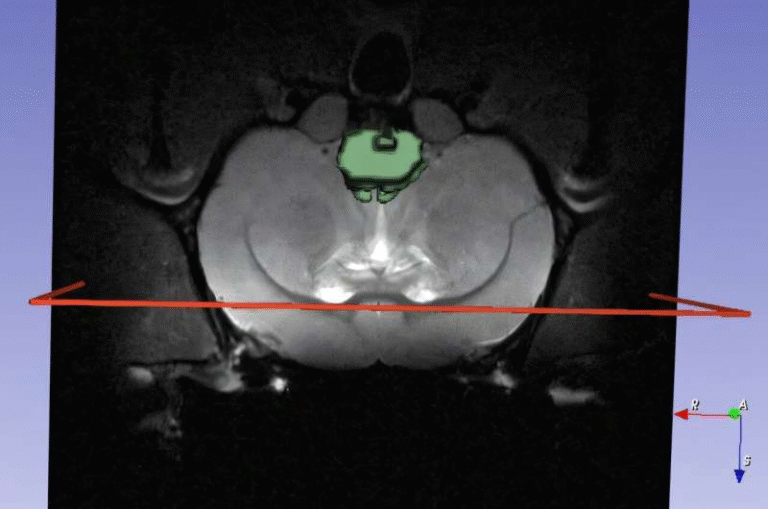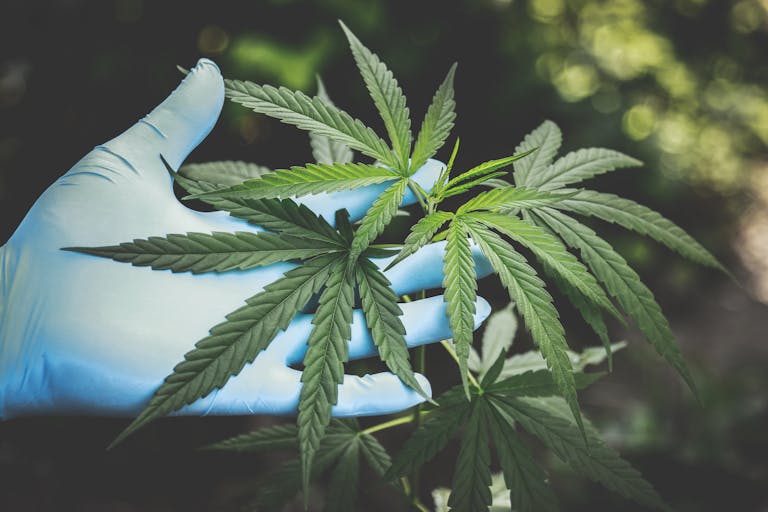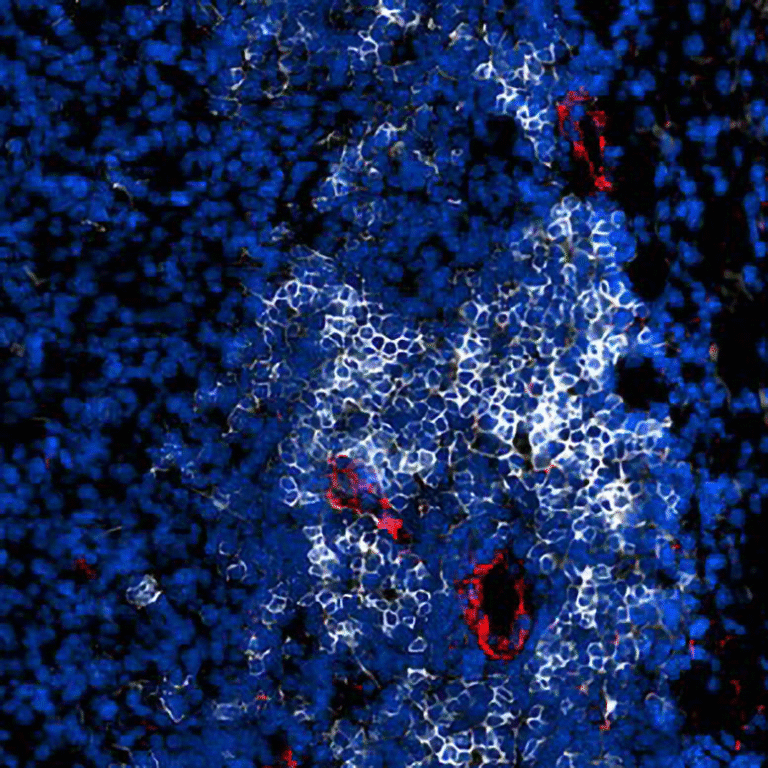Nanoparticle Solution Makes Laser Kidney Stone Treatments Faster, Safer, and More Efficient

Kidney stones are one of those painful health issues that millions of people wish they could avoid. For many patients, the treatment involves a laser-based procedure called laser lithotripsy, where a small, fiber-optic laser is used to blast kidney stones into tiny fragments so they can be flushed or suctioned out. While it’s an effective technique, it can be slow, energy-intensive, and risky if too much heat builds up in the kidney during the process.
Now, researchers from the University of Chicago Pritzker School of Molecular Engineering and Duke University have found an innovative way to boost the efficiency of these medical lasers—without changing the lasers themselves. Their breakthrough uses nanoparticles suspended in a saline solution, creating what they call a nanofluid. This seemingly simple tweak could mean shorter surgeries, faster recoveries, and fewer complications for patients.
How Laser Lithotripsy Works
Laser lithotripsy has been the gold standard for breaking kidney stones, especially when the stones are too large to pass naturally. The most common laser used in this procedure is the holmium:yttrium-aluminum-garnet (Ho:YAG) laser, which operates at a wavelength of around 2,000 nanometers (2 micrometers).
During surgery, doctors insert a thin scope into the urinary tract to locate the stone, and then the Ho:YAG laser is fired in short pulses to break down the stone. The surrounding area is constantly flushed with a saline solution, which keeps visibility clear and maintains safe pressure inside the kidney.
However, there’s a catch—a large portion of the laser’s energy gets absorbed or scattered in the saline fluid, generating unnecessary heat instead of focusing on the stone itself. If doctors try to increase laser power to compensate, the excess heat can damage delicate kidney tissue.
This limitation has long been accepted as an unavoidable tradeoff—until now.
The Breakthrough: A Smarter Saline Solution
The research team led by Assistant Professor Po-Chun Hsu from the University of Chicago and Professor Pei Zhong from Duke University came up with a clever workaround. Instead of modifying the laser equipment, they enhanced the saline solution used during the procedure.
They added conducting polymer nanoparticles that absorb light at the same wavelength as the laser. These dark nanoparticles help focus the laser’s energy directly on the kidney stone, reducing waste and improving precision.
To work safely in the body, the nanofluid needed to meet three criteria:
- Strong absorption at the Ho:YAG laser wavelength (around 2 micrometers).
- Good dispersion in water, since saline is a water-based fluid.
- Biocompatibility, meaning it must be safe for human tissue.
The researchers achieved all three by using PEDOT:PSS, a well-known conducting polymer, at an extremely low concentration—only 0.03% by weight.
Impressive Results in the Lab
The team tested their nanofluid on lab-grown kidney stones and compared its performance to regular saline. The improvement was remarkable.
In spot treatment mode, where the laser stays focused on one point, the nanofluid increased stone ablation efficiency by 38% to 727%. In scanning mode, where the laser moves across the stone’s surface, the efficiency improved by 26% to 75%.
In plain terms, the stones were pulverized much faster and more completely, using the same laser settings.
The researchers also tested the fluid’s safety by immersing living cells in it for up to 24 hours. They found no signs of toxicity, confirming that the nanofluid is non-harmful and biocompatible.
Even better, in a real medical setting, the fluid would be inside the kidney for less than 30 minutes—the typical duration of a lithotripsy procedure—making it even less likely to cause side effects.
Potential Impact on Patients and Surgery
Kidney stone surgeries can be time-consuming, often lasting around half an hour. With the new nanofluid, that time could drop to 10 minutes, according to estimates from the research team.
Shorter surgeries have many benefits:
- Reduced anesthesia time for the patient.
- Less heat buildup in the kidney, lowering the risk of tissue injury.
- Faster patient recovery and potentially fewer repeat procedures.
- Lower costs for hospitals and patients alike.
Since the nanofluid works by optimizing the existing laser’s performance, it could also help smaller hospitals and clinics that can’t afford multiple specialized lasers. Many facilities only have one laser system that may perform better for certain types of stones or fragmentation techniques. The nanofluid could help boost every laser’s capability, regardless of its model or age.
Next Steps for the Research
The published study focused mainly on the Ho:YAG laser and synthetic kidney stones. The next phase will involve testing the technique with real human kidney stones of different compositions and with other types of medical lasers used in lithotripsy.
The team will also study long-term safety, particle stability, and how the nanofluid behaves in real surgical environments. If all goes well, this technology could move toward clinical trials and regulatory review.
For now, the results are confined to the lab—but they hint at a game-changing improvement in one of the most common urological procedures worldwide.
Why Kidney Stones Are So Common
To understand why this research matters, it’s worth noting just how widespread kidney stones are. About 1 in 10 Americans will experience them at least once in their lifetime. They form when minerals and salts like calcium, oxalate, or uric acid crystallize in the urine, usually due to dehydration, diet, or genetics.
Symptoms include severe back or abdominal pain, blood in urine, nausea, and fever. Small stones can sometimes pass naturally, but larger ones can block the urinary tract, requiring surgery.
Laser lithotripsy is preferred because it’s minimally invasive and doesn’t involve major incisions. However, the process of fragmenting stones and ensuring all debris is cleared can be challenging and time-consuming—making any increase in efficiency highly valuable.
Understanding Nanoparticles in Medicine
The concept of using nanoparticles in medicine isn’t new. These tiny materials—often measured in billionths of a meter—can be engineered to absorb light, deliver drugs, or interact with tissues in specific ways.
In cancer therapy, for example, gold nanoparticles are used to convert light into heat that kills tumor cells. In diagnostics, nanoparticles can enhance imaging contrast for better medical scans.
The innovation here lies in bringing nanotechnology into a surgical setting, not as a drug or implant but as a temporary enhancer of laser performance. It’s a creative and practical application of materials science to solve a medical engineering problem.
A Great Example of Cross-Disciplinary Collaboration
This study is also a reminder of how collaboration between doctors and engineers can lead to real medical innovation. Assistant Professor Po-Chun Hsu, who typically works on heat-reflective materials and fabrics, joined forces with urologist Michael Lipkin and mechanical engineer Christine Payne at Duke.
By combining knowledge of heat transfer, optics, materials, and surgical practice, they identified a solution that neither field could have developed alone.
It’s a classic case of “connecting the dots” across disciplines to produce something transformative—proving that even a small change in the operating fluid can have a huge impact on how efficiently a laser performs inside the body.
The Road Ahead
Before patients start seeing this nanofluid in hospitals, the researchers will need to confirm its safety and reliability through animal studies and human trials. They’ll also have to address manufacturing consistency, regulatory approval, and cost-effectiveness.
Still, the potential is exciting. If adopted widely, this approach could make existing laser systems more powerful, reduce surgery times, and improve outcomes for millions of people dealing with kidney stones every year.
It’s a small tweak with a potentially huge payoff—a simple saline upgrade that could revolutionize one of modern medicine’s most common procedures.
Research Paper: Nanofluid-Enhanced Laser Lithotripsy Using Conducting Polymer Nanoparticles – Advanced Science (2025)





